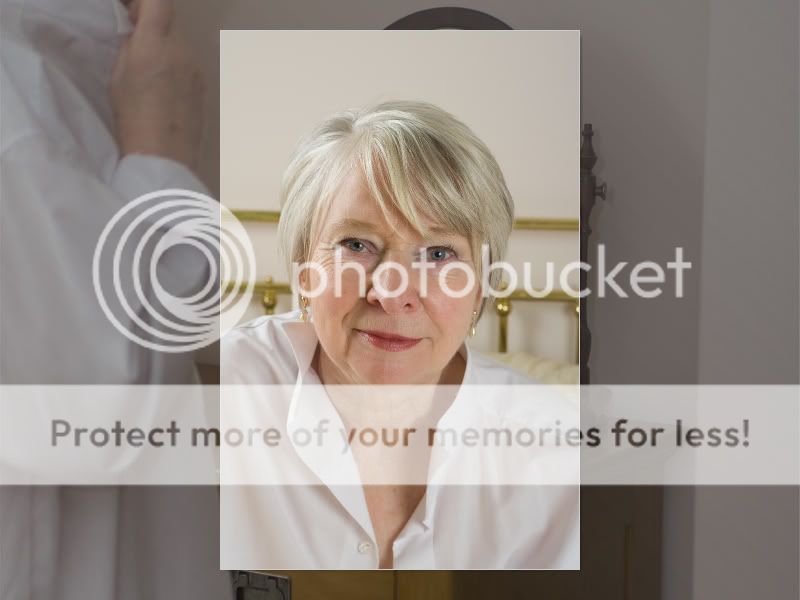Fairy nuff. But I think it's fair to say that in this context the terms soft and diffuse are usually used synonymously.
Maybe so, but they shouldn't be, because they're not the same thing.
I'm imagining the single diffuser of the d-lite as it fires. If there is a huge a bright circle in the middle with rapid fall-off to the edges, then I can see that an internal diffuser would help alleviate that. But I really don't think that's the case. And other than that, I can't see why internal diffuser would make any difference.
Try it for yourself. A very old technique for judging continuous lighting is to stand at the subject's location, look at the light source(s) then put on dark sunglasses or look through a piece of heavy ND (so that the moment you put the sunglasses on you can see the distribution of the light at the source(s) before your eyes accomodate to the new level).
You can do the same for flash using a digital camera: take a picture of the sources from the subject's viewpoint, with a suitable amount of ND (it can be a lighting gel or gels - the quality is unimportant). I find it to be a good teaching aid for making the link between the size, shape, directionality and evenness of the source etc to how the image looks - sometimes you want even, soft sources, sometimes you want uneven soft sources.
Can we have a technical definition of "soft, crisp" light?
I don't really do technical definitions, I'm just a hack photographer who tries to give basic and hopefully helpful info, but I'll try to explain a bit better.
Softboxes are often seen as 'the' tool for producing soft light and, built in to that belief, is the assumption that soft light is good and that hard light is bad - and of course neither of those assumptions are true. Whether softboxes produce soft light or not is determined by a number of factors, the most important of which are relative size and angle of incidence. Used with knowledge, a softbox can produce both low overall contrast and high local contrast in the same shot, provided that it's a 'good' softbox with 'crisp' results. Take a look at
this shot by Marc Gouguenheim, he used a large softbox as the only light source. The light, fairly high and to the left, defines and flatters the shape of her face - soft lighting. But look at the light on her clothes! All the detail is there, which requires crisp lighting (lighting that produces well defined shadow transfer edges) and as we all know, if the lighting on matt black clothes isn't crisp all the detail is lost, it just ends up looking like a black blob. This is one of the reasons that fashion photographers use Chimera.
I'm
not saying that everyone should buy a Chimera (or come to that one of the Elinchrom Light Banks, which are pretty good too) - horses for courses! In fact I made a
short video comparing a Chimera to a cheap Ebay one
I'm not proud of that video because it's far from perfect - I was comparing softboxes of different sizes and shapes and I think I came across as saying that the cheaper one, with its high output, was an advantage. I should have stressed that the opposite was true, the Chimera lost output because of its better design. I also should have taken my light meter readings with a flat (cosine response) sensor on the Minolta, not the dome (cardioid response) sensor. But it may still be interesting.
And, if my video hasn't bored you rigid, take a look at my
guide on how to improve a cheap softbox which uses the softbox in the video.


 ) it's a 'real' softbox, not a covered in umbrella, and assembles in seconds
) it's a 'real' softbox, not a covered in umbrella, and assembles in seconds